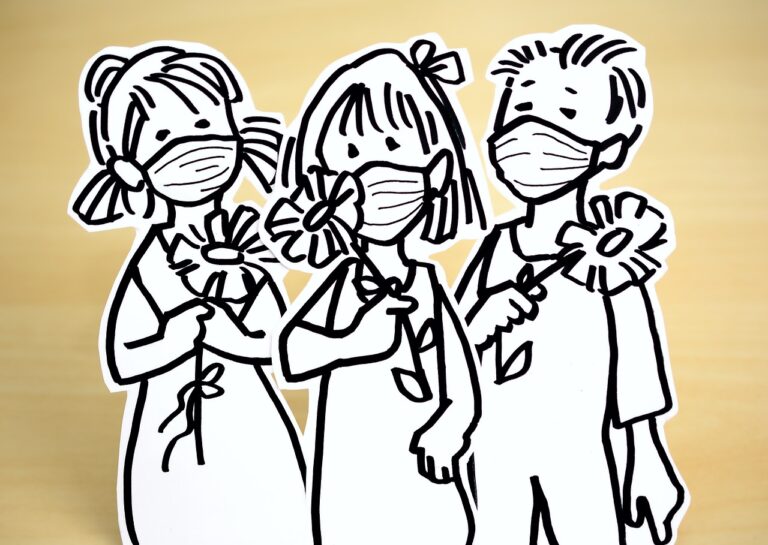Supporting Children with PTSD in Academic Environments
golden exchange 99, cricbet99.com, king 567 casino: Supporting Children with PTSD in Academic Environments
As educators, it is crucial to create a safe and supportive environment for all students, including those who may be dealing with post-traumatic stress disorder (PTSD). Children with PTSD may experience challenges that impact their academic performance and overall well-being. It is essential to understand how to support these students effectively in academic settings to ensure they thrive and reach their full potential.
Creating a Trauma-Informed Classroom
One of the first steps in supporting children with PTSD in academic environments is to create a trauma-informed classroom. This means providing a safe and supportive space where students feel understood and respected. Consider the following strategies:
1. Build trust: Establishing trust and building positive relationships with students is essential. Encourage open communication and be empathetic towards their experiences.
2. Foster a sense of safety: Create a calm and predictable environment where students feel safe and secure. Establish clear routines and boundaries to help reduce anxiety.
3. Be mindful of triggers: Be aware of potential triggers for students with PTSD and make accommodations when necessary. Avoid using loud noises or sudden movements that may cause distress.
4. Provide resources: Ensure that students have access to support resources, such as school counselors or mental health professionals. Educate yourself and your colleagues on trauma-informed practices.
5. Offer flexibility: Understand that children with PTSD may have unique needs and challenges. Provide flexibility with assignments and deadlines to accommodate their mental health needs.
Supporting Academic Success
In addition to creating a trauma-informed classroom, there are specific strategies that can support children with PTSD in their academic endeavors:
1. Encourage self-care: Teach students the importance of self-care and stress management techniques. Encourage them to take breaks when needed and practice relaxation exercises.
2. Break tasks into smaller steps: Help students break down assignments into manageable tasks to prevent feeling overwhelmed. Provide guidance and support as they work through each step.
3. Offer emotional support: Be a supportive and understanding presence for students who may be struggling with PTSD. Offer a listening ear and validate their feelings.
4. Collaborate with parents and mental health professionals: Work closely with parents and mental health professionals to create a comprehensive support plan for students with PTSD. Communicate regularly to ensure everyone is on the same page.
5. Provide extra support when needed: Recognize when students may need additional support and provide resources such as tutoring services or accommodations for testing.
FAQs
Q: How common is PTSD in children?
A: While PTSD is often associated with adults, it can also affect children. It is estimated that around 3-15% of girls and 1-6% of boys may develop PTSD at some point during childhood.
Q: What are common symptoms of PTSD in children?
A: Symptoms of PTSD in children may include flashbacks, nightmares, avoidance of traumatic triggers, mood swings, anxiety, and difficulty concentrating.
Q: How can teachers support children with PTSD in the classroom?
A: Teachers can support children with PTSD by creating a trauma-informed classroom, fostering a sense of safety, providing resources, offering flexibility, and collaborating with parents and mental health professionals.
In conclusion, supporting children with PTSD in academic environments requires a compassionate and proactive approach. By creating a trauma-informed classroom, providing academic support, and collaborating with parents and mental health professionals, educators can help children with PTSD thrive in school and beyond. Together, we can create a supportive and inclusive environment where all students can succeed.







